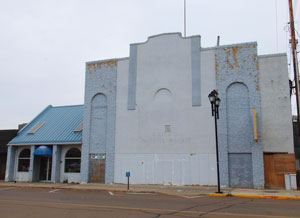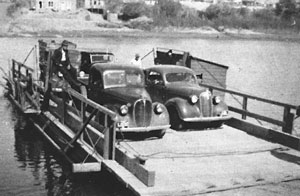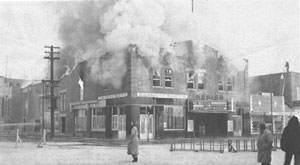
The Drumheller lodge of the Benevolent and Protective Order of Elks has been part of the community for almost 90 years.
The origins of the order date back to 1868 in New York and quickly spread across the United States.
In Canada the first lodge was established in 1912 in Vancouver, B.C. However, the Elks of Canada are not directly affiliated with the lodges in the United States.
The Elks gradually spread across Canada and on December 1921 Lodge 54, Drumheller, was founded.
There were 125 charter members including Exalted Ruler L.G. Caswell, Secretary Jim de Zeeuw, manager of the Napier Theatre, and Lee Drumheller, son of Samuel Drumheller.
Meetings were initially held in the basement of the Napier Theatre until 1928. During that time the Drumheller Elks held band concerts featuring the Drumheller Elks Band and occasionally other acts. The concerts provided entertainment to residents and money to help families in need.
In 1928 construction on the Elks Hall was completed immediately to the north of the Napier Theatre. Today the hall stands empty, but the front façade still faintly shows the colours of the Elks.
The building also changed hands during the Great Depression. After the Drumheller Elks could no longer pay for the building, Jim Norstrant, charter member, bought the Elks Hall. When the Drumheller Elks recovered financially, Norstrant sold the building back for sale price.
For years the Elks Hall was a hub of community events. The main floor had a spacious dance hall, and the basement had club rooms and, until 1954, a bowling alley.
“I can remember when I was a kid there was always a Saturday night dance in the Elks Hall with local bands,” said Manley Thomson, Exalted Ruler of the Drumheller Elks.
Over the years the Drumheller Elks have continued to be active in the community through a wide variety of events such as hosting carnivals, banquets, and dinner theatres. Presently, the Drumheller Elks host bingo every Thursday, and their breakfast on the first Sunday of the month.
Although they had a prominent role in the social life of the community, the focus of the Elks has always been that of charity.
The lodge has continued to raise funds to help the hospital purchase equipment and medical care for local children.
The valley bus receives donations from the Elks, last year being approximately $10,000.
The Elks volunteer for the Terry Fox Run, providing drinks and hot dogs to participants.
The lodge also donates funds to the national Elks and Royal Purple Fund for Children which focuses on meeting needs of children prior to their 19th birthday and addressing the needs of children with hearing and speech disorders.
The Drumheller Elks have participated in builds with Habitat for Humanity in Red Deer and, as part of the Elks of Canada 100th anniversary, will volunteer building in Three Hills.
As part of the Elks of Canada 100th anniversary the Drumheller Elks will be hosting the Alberta conference of Elks in June 2012.
On December 3, 2011, the Drumheller Elks will be celebrating their 90th year of Elkdom in the Drumheller Valley and have continued to proudly serve Drumheller.


















